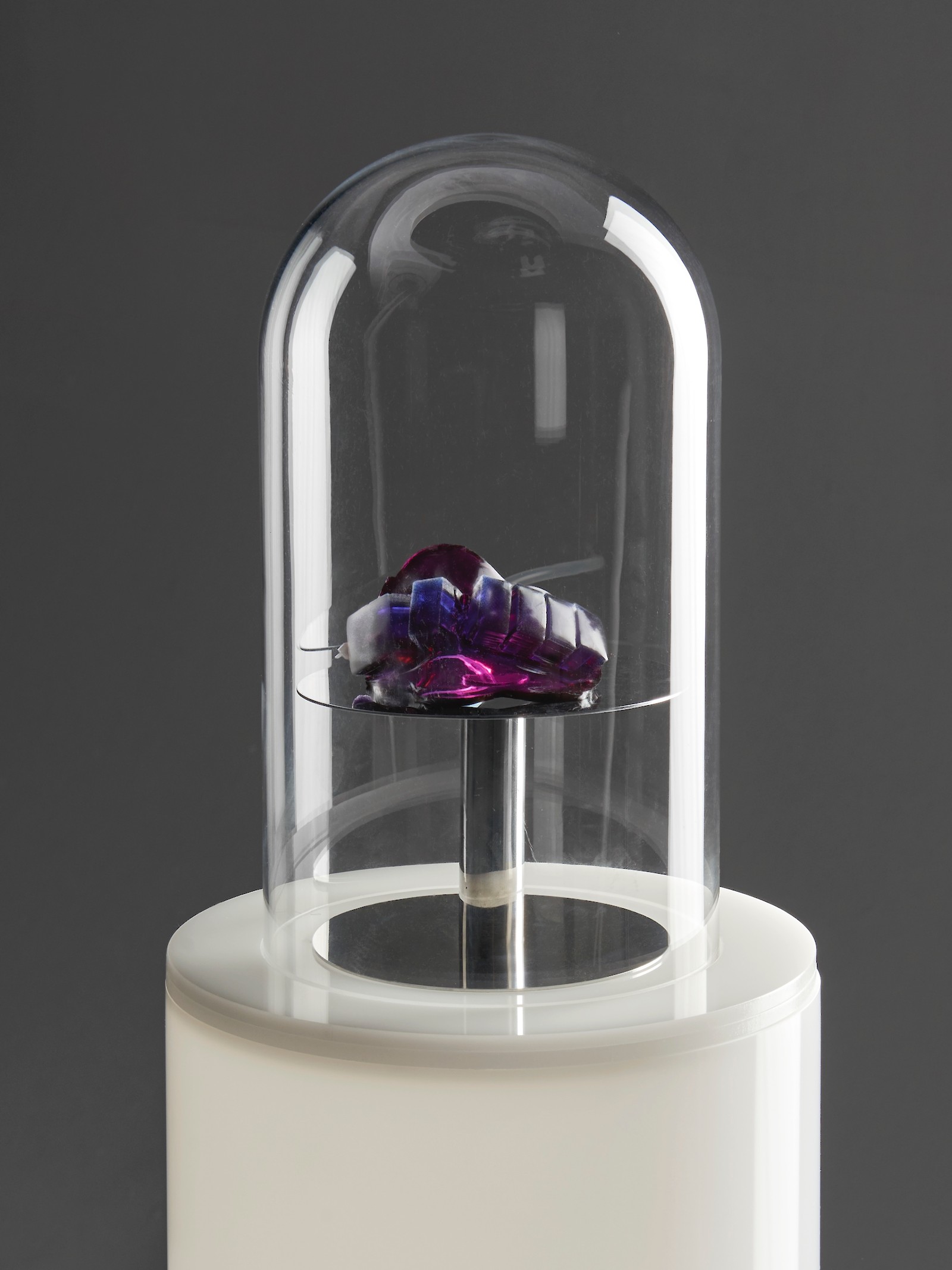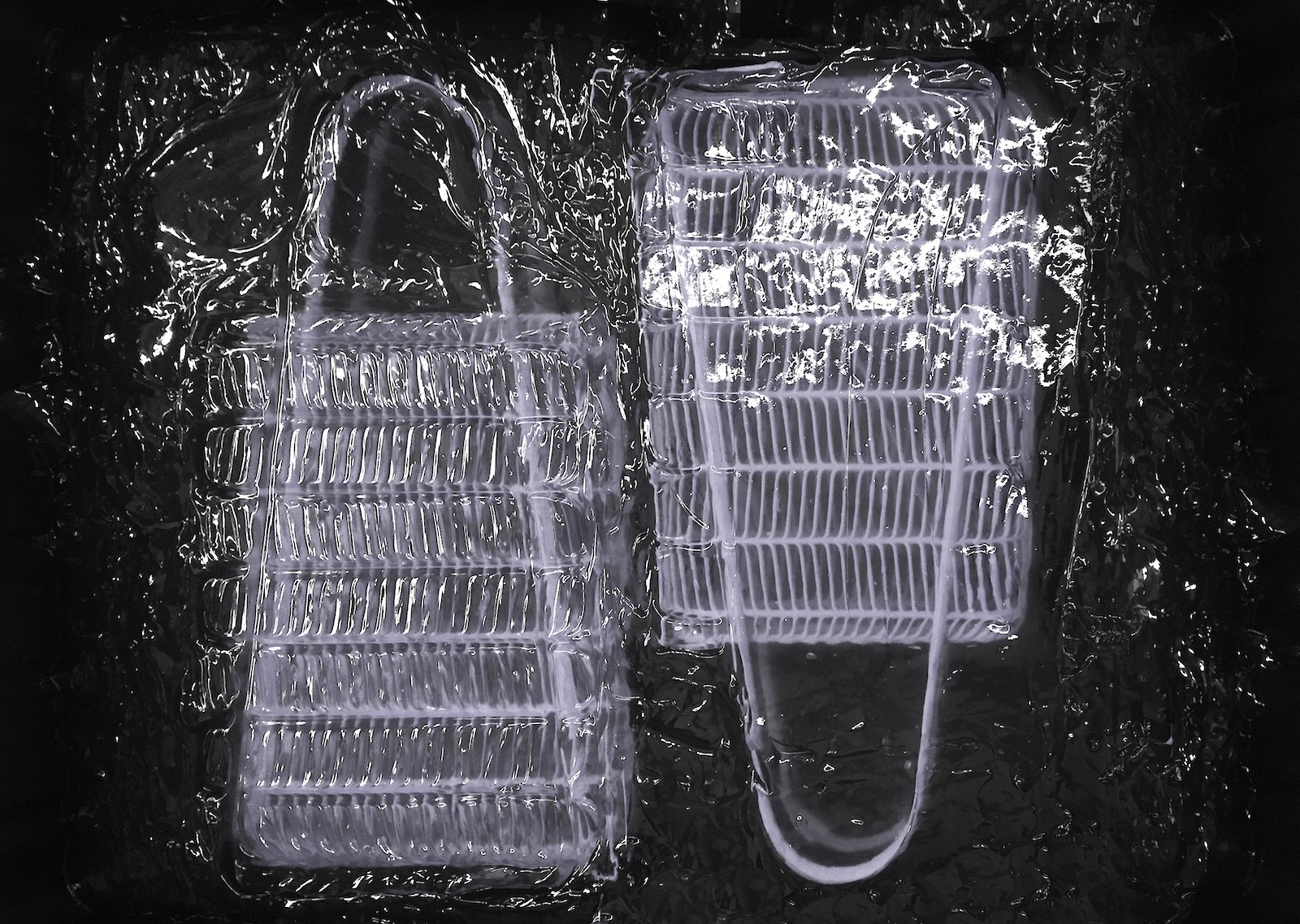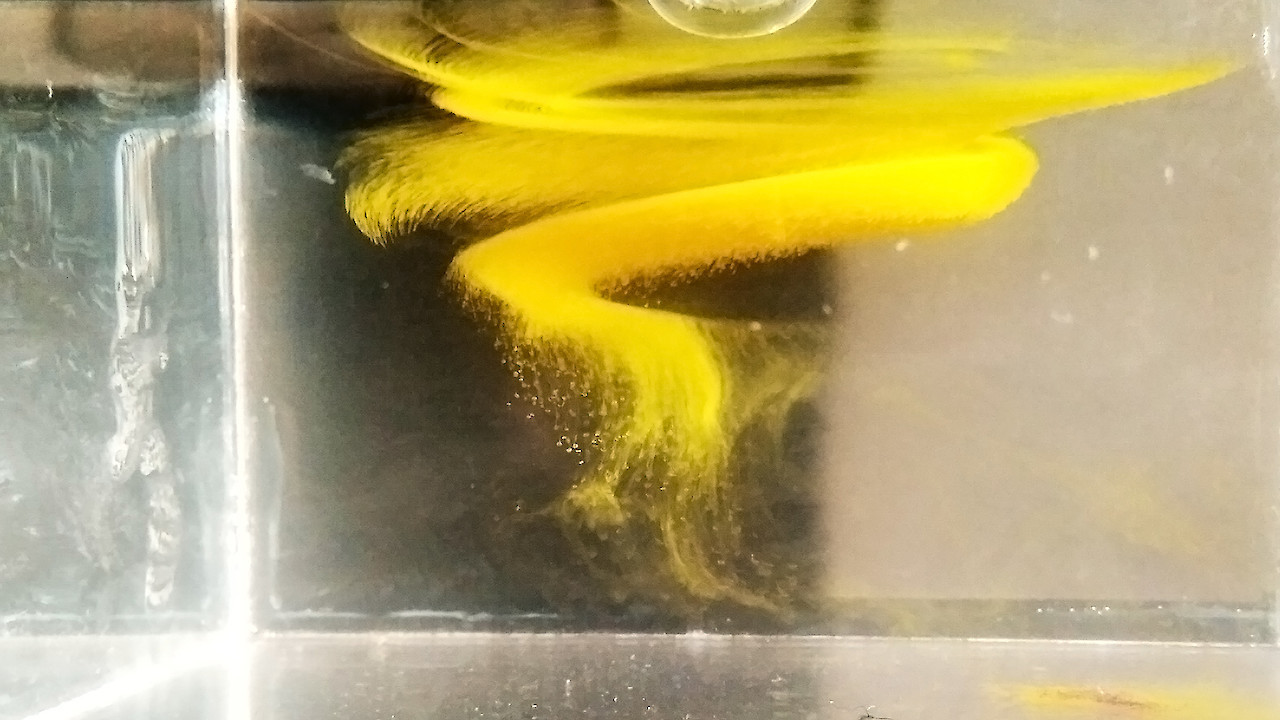Conference
Expanding Immersive Design
Creative Machines: Playful Interactions between Humans & Technology
October 25th, 2018, Great Concert Hall (Level 7), Zurich University of the Arts
Digitalisation has become a tangible reality. In nearly all areas of life, we encounter intelligent systems sooner or later, consciously or unconsciously. Driven by efficiency we shruggingly accept the omnipresence of technology and teach its underlying algorithms to understand us and to anticipate our needs. If we allowed it to happen that the kind of decisions which define us as individuals were increasingly made by machines only, this could end in intellectual paralysis. On the other hand, evidence from different areas of the economy suggests that the advancing automatisation of work and thought processes could also lead to greater productivity and, simultaneously, less margin for error, more prosperity, more creativity, and consequently, a new evaluation of work, spare time and quality of life.
The question of how we would like to work and live in the future is a concern across different social groups. One thing is for certain – similar to the Industrial Revolution of the 19thcentury, the Digital Revolution of our age produces winners and losers. If we believe the forecasts from thinktanks which consider possible futures, rule-based work will fairly soon be taken over by machines – and that includes many types of work in the field of design. How can designers assert their position in the future, and how can they engage in a creative dialogue with the machines?
But first of all, how can we talk and reflect about something which, initially, seems so complex, inscrutable and difficult to grasp? As is often the case in trend-led discussions, buzzwords take the place of more differentiated observations. Terms such as «intelligence» and «creativity» are used profusely in the discourse about the ubiquity of machines, but the crucial question largely remains unanswered: How clever really are the machines of today? Can machines act «intelligently» and/or be «creative» in the literal sense of these words? Which creative abilities are bestowed on the artificial intelligences currently available on the market?
Logo and website generators (cf. for example grid.io) now try to take the place of designers, intelligent music software (cf. for example jukedeck.com) produces the next generation of pop songs. Quality analysis, however, generally falls at the wayside in the euphoric discussions about such technologies. In the above examples, it is the creativity – in the proper sense of a creative act, of the art of developing something new for a client or user – which is lost.
Often our ability to assess the future viability of professions in the fields of creativity and craft is informed by artistic positions. The architectural team Gramazio-Kohler and the artist/designer Jürg Lehni, for example, each work hand in hand with machines. As part of this cooperative exchange, new aesthetics become imaginable and visible.
The discussion about new technologies seems to mistakenly revolve around the notion that unconventional solutions generated by machines are a sign of their presumed creativity and intelligence. In actual fact, the flexibility, indefatigability (trial & error principle) and speed (processing power) of the machines liberates the designer from creative limitations. Therefore, the question should be whether we have to assume that humans will be expelled from design processes in the future, or whether this development could also hold a potential opportunity for machines to reinforce the roles and responsibilities of the respective designer.
This year’s conference on Expanding Immersive Design is once again organised by Maike Thies (Research Fellow, Subject Area Game Design, Zurich University of the Arts). Stephanie Grubenmann (Research Fellow, Subject Area in Cast/Audiovisual Media, Zurich University of the Arts) and Jonas Christen (Research Fellow, Subject Area Knowledge Visualization, Zurich University of the Arts) provide support in terms of the content and also assist in looking after the planning and implementation stages of the conference. Under the heading «Creative Machines: Playful Interactions between Humans & Technology», the conference and its associated comprehensive workshop and exhibition programme aim to open up differentiated and in-depth insights into the human-machine-discourse, and extrapolating from this, to anticipate the future of design. It seems essential to address the subject from diverse angles: this will include views derived from culturally grown expectations regarding terminology such as «creative machines» and «intelligent systems», and positions from the fields of natural sciences, the arts and design.
The conference makes a plea for interdisciplinary approaches to the subject. It also aims to demonstrate that the partnership between humans and creative machines should be central to the discussion, and that it would be short-sighted to merely paint gloomy machine dystopias adopted from science fiction. Best practice examples from the creative sector are intended to motivate participants of the conference to no longer see themselves as passive observers of an increasingly powerful dictatorship of machines, but rather find and take up their roles in jointly shaping this discourse.


